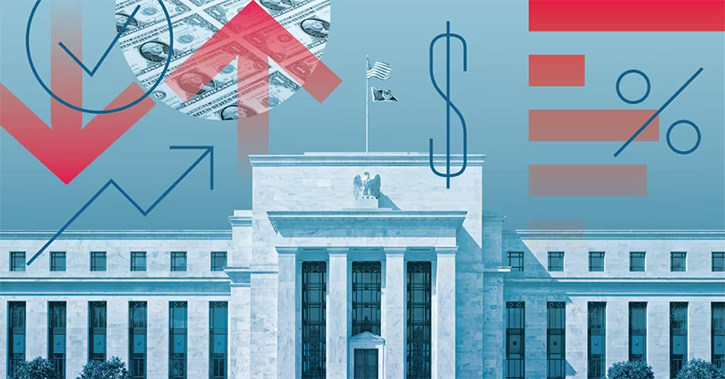Bob Johnson: This week’s chart focuses on productivity growth and its relationship to R&D spending. First of all, let’s look at productivity growth.
You can see over the last 20 years that it's varied widely between about zero and 4%, influenced strongly by economic cycles, but the long-term average is about 2% and showing some trending down.
Looking at how that relates to R&D spending is also a critical issue. It’s one of the key drivers of productivity. You can see that R&D spending when its high, we tend to have very good productivity growth and when it’s low we don’t have such great productivity growth. Makes a lot of sense. We invest more in equipment, you figure out a better way to do things, you improve productivity.
So, now you can see that during the Great Recession, those years say from 2009 and then continuing on for a couple of years into 2011 we had very low R&D spending; corporations were very afraid to spend money. And that showed up in very low productivity growth in 2014 and 2015.
The good news is that R&D spending on capital equipment has returned with a vengeance. That should drive productivity growth over the next two or three years considerably higher, which in turn should improve the GDP potential as well.




















